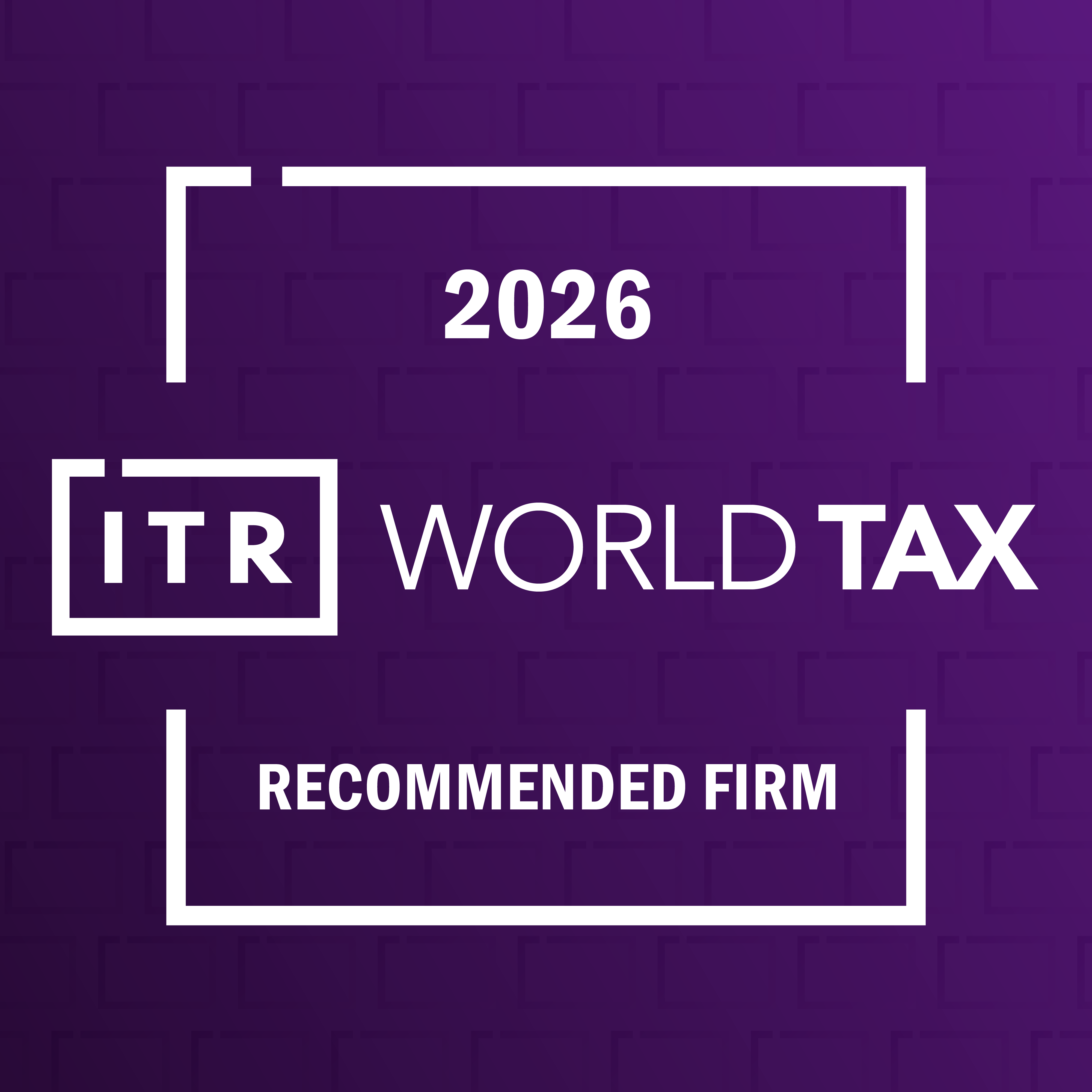Tariff Wars and Transfer Pricing Compliance Strategies
Tigor Mulia Dalimunthe,

The United States' aggressive import tariff policy during the Donald Trump administration not only disrupted global trade routes but also affected the internal tax strategies of multinational corporations.
Since President Trump announced plans to impose reciprocal import duties on several countries, the international response dynamics have dominated conversations across social media platforms.
In particular, the tit-for-tat tension between the U.S. and China, along with negotiation proposals from various countries, including Indonesia, became focal points. The tension slightly eased when Trump announced a 90-day delay in tariff implementation for countries other than China.
Despite the three-month reprieve allowing for potential negotiations, businesses are still forced to recalculate their operations, especially when accounting for additional production costs resulting from U.S. import duties.
However, beyond the numbers and logistics lies an equally critical challenge: How can companies maintain transfer pricing compliance amid unpredictable tariff fluctuations?
Transfer pricing policies within global business groups, originally designed to operate under stable conditions, are now at risk of being tested by surging costs and business uncertainties.
Previously, companies could rely on stable economic and market assumptions in preparing their Transfer Pricing Documentation (TP Doc). Today, however, they are required to be more adaptive to market volatility, which increases tax risk exposure.
READ: Understanding the Various Transfer Pricing Methods
The Transfer Pricing Dilemma
In Indonesia, the preparation of Transfer Pricing Documentation (TP Doc) follows an ex-ante approach, as regulated by Minister of Finance Regulation (PMK) Number 172 of 2023. This approach requires that the arm’s length analysis be based on data and information available at the time the transaction is undertaken (Article 17, paragraph 1). This means companies must consider the projected impact of tariffs from the outset of planning related-party transactions, including potential cost fluctuations and changes in supply chain structure.
However, the TP Doc is not merely a compliance product, it also serves a strategic role as a tax risk assessment tool and a defense instrument during tax audits (aligned with the objectives of TP Doc under the OECD Transfer Pricing (TP) Guidelines and BEPS Action 13 Report). Challenges arise when tax authorities apply an ex-post approach, evaluating the arm’s length nature of transactions based on economic conditions that emerge after the transaction has taken place (see OECD TPG paragraph 3.70 and Indonesian regulation PER-22/PJ/2013).
In the context of trade wars and unexpected spikes in import tariffs, discrepancies between initial projections (ex-ante) and actual outcomes (ex-post) may lead to perceptions of non-arm’s-length pricing.
READ: Examining the Deadline of TP Doc Availability in PMK 172/2023
Such a gap can lead to conclusions suggesting inconsistency in the application of the arm’s length principle, especially when the Transfer Pricing Documentation (TP Doc) fails to provide the necessary explanations.
The TP Doc must demonstrate that arm’s length price adjustments have been made based on a comprehensive risk analysis. If the documentation lacks robust arguments and supporting data, the risk of transfer pricing adjustments increases, and any allegation of profit shifting becomes more difficult to refute.
This situation further demands that companies do not regard the TP Doc merely as a compliance tool. In fact, amid business uncertainty and tariff pressure, the TP Doc takes on a strategic function as both a risk identification instrument and a defense mechanism in tax audits. In this context, implementing a risk-oriented compliance strategy becomes increasingly relevant.
The following are three strategies that taxpayers may consider in managing these risks.
Three Strategies for Managing Transfer Pricing Risk
To address this challenge, companies need to adopt a more responsive and context-sensitive transfer pricing compliance strategy. The following documentation approaches are worth considering:
a. Responsive Documentation
The TP Doc must clearly map out the impact of each tariff scenario on the entity's profitability, including the reliability of comparables used. If the post-tariff scenario reveals a material deviation, the comparability analysis should be updated to reinforce a strong application of the arm’s length principle in the eyes of the tax authorities.
b. Alignment of Functional Analysis
New tariff policies may trigger a restructuring of functions within the group’s supply chain. As a result, transfer prices need to be adjusted and explained accordingly, ensuring alignment with any redistribution of functions and emerging risks.
c. Advance Pricing Agreement (APA)
Consider the APA scheme (including renegotiation) as a proactive measure to manage uncertainty. PMK 172/2023 also allows for APA rollbacks to cover fiscal years not yet audited. Submitting an APA with multi-year coverage can offer tax certainty during volatile periods.
READ: FAQ About The Advance Pricing Agreement
Transfer Pricing is More Than Just Compliance
Tariff tensions and geopolitical uncertainties looming over global trade should encourage companies to view transfer pricing as more than just a formal and administrative obligation. Transfer pricing policy is part of a risk management strategy that must be properly prepared, especially in facing tax risks that are not always predictable.
In practice, well-prepared documentation supported by solid arguments and reliable data can provide a strong defensive position when faced with tax adjustments or disputes. Ultimately, effective tax compliance is not just about ticking regulatory checkboxes; it also requires a comprehensive understanding of the business and its risks, along with the capability to respond through structured, defensible strategies.
(ASP/KEN)
Disclaimer! This article is a personal opinion and does not reflect the policies of the institution where the author works.


